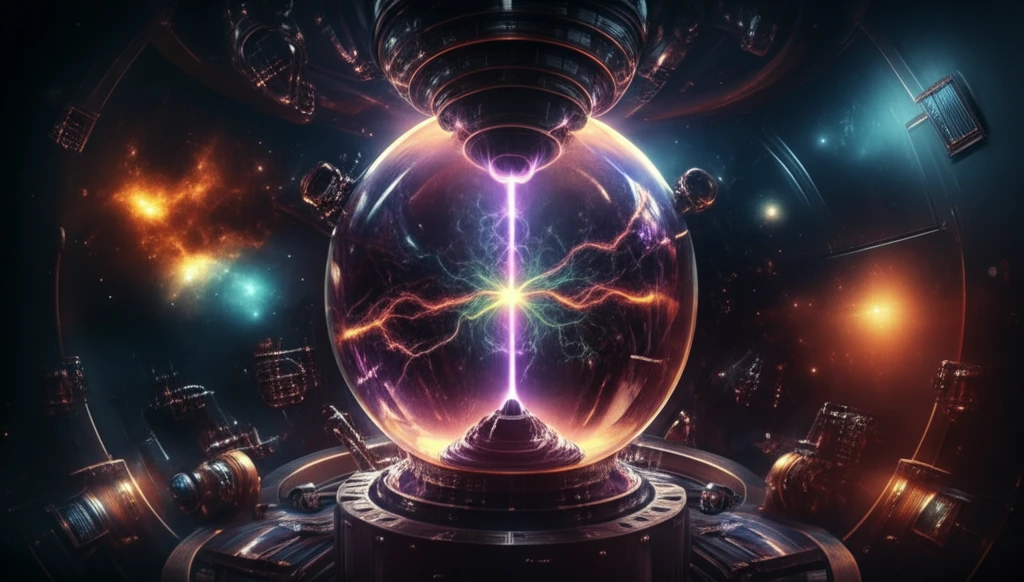
Unlocking the Secrets of Vacuum Discharge Plasmas: A Comprehensive Guide
"Dive into the world of vacuum discharge plasmas and discover their applications in science and technology, from electrical insulation to space exploration."
Vacuum discharge plasmas represent a fascinating and crucial area of study within plasma physics. These plasmas, generated in low-pressure environments, exhibit unique properties that make them indispensable in various technological applications. From improving electrical insulation to enabling advanced materials processing, understanding the intricacies of vacuum discharge plasmas opens doors to numerous innovations.
The study of vacuum discharges has a rich history, with ongoing research continually expanding our knowledge. Significant progress in this field is regularly presented at international symposiums, such as the International Symposium on Discharges and Electrical Insulation in Vacuum (ISDEIV). These gatherings serve as a platform for researchers to share their latest findings, fostering collaboration and driving further advancements.
This article delves into the science of vacuum discharge plasmas, exploring their fundamental properties, key applications, and the cutting-edge research that continues to shape their development. Whether you're a seasoned scientist or simply curious about the world of plasmas, this comprehensive guide offers valuable insights into this dynamic and ever-evolving field.
Understanding Vacuum Discharge Plasmas

At their core, vacuum discharge plasmas are created when a gas at low pressure is subjected to a high voltage. This causes the gas to ionize, forming a plasma – a state of matter where electrons are stripped from atoms, creating a mixture of ions, electrons, and neutral particles. The unique environment of low pressure allows for different physical processes to dominate compared to plasmas generated at atmospheric pressure. This makes vacuum discharge plasmas particularly well-suited for specific applications.
- High electron temperatures: Electrons in these plasmas can reach very high temperatures, often several electron volts, enabling them to drive various chemical reactions.
- Low gas temperatures: Despite the high electron temperatures, the neutral gas and ions remain relatively cool, minimizing thermal damage to the processed materials.
- High ionization fraction: A significant portion of the gas is ionized, leading to a high density of charged particles.
- Non-equilibrium conditions: The plasma is typically in a non-equilibrium state, meaning the electron, ion, and neutral temperatures are different.
The Future of Vacuum Discharge Plasmas
The field of vacuum discharge plasmas continues to evolve, driven by ongoing research and technological advancements. Scientists are constantly exploring new ways to harness the unique properties of these plasmas for various applications. From developing more efficient lighting sources to creating advanced materials with tailored properties, the possibilities are endless. As our understanding of plasma physics deepens, we can expect even more innovative applications to emerge in the years to come.
